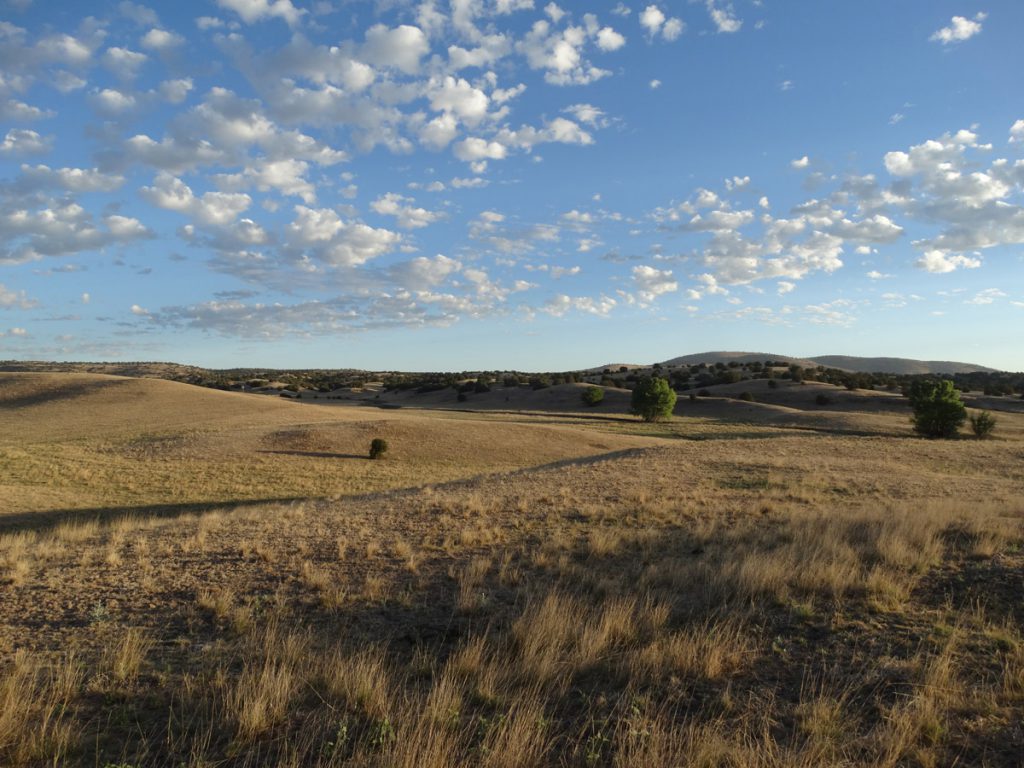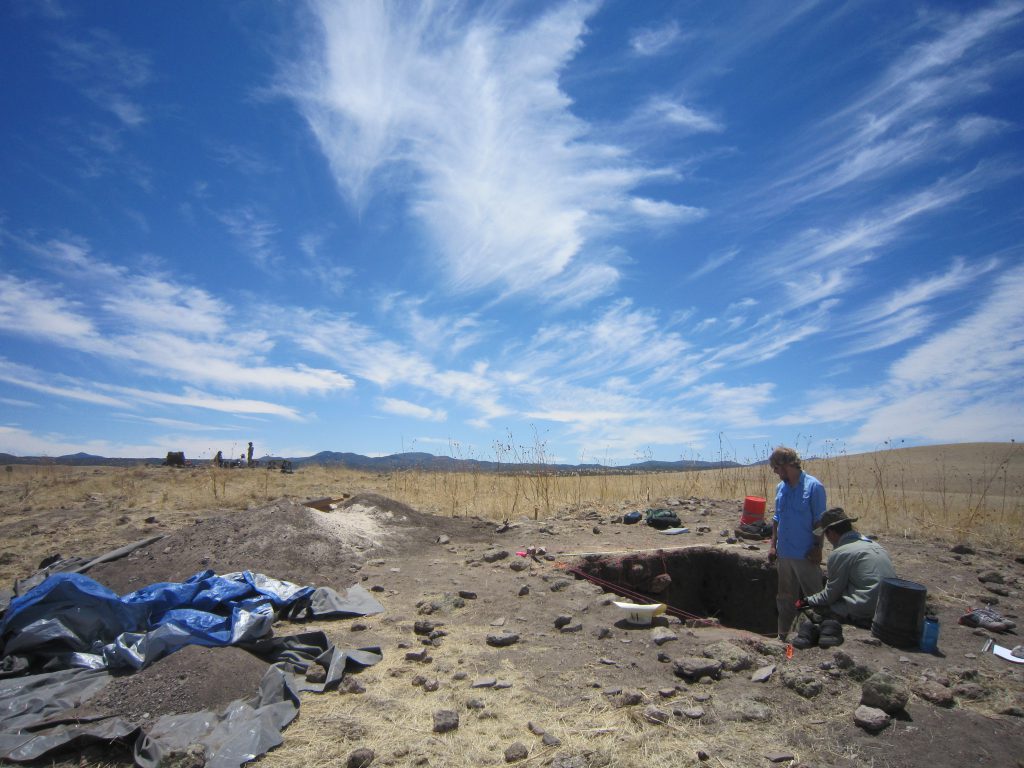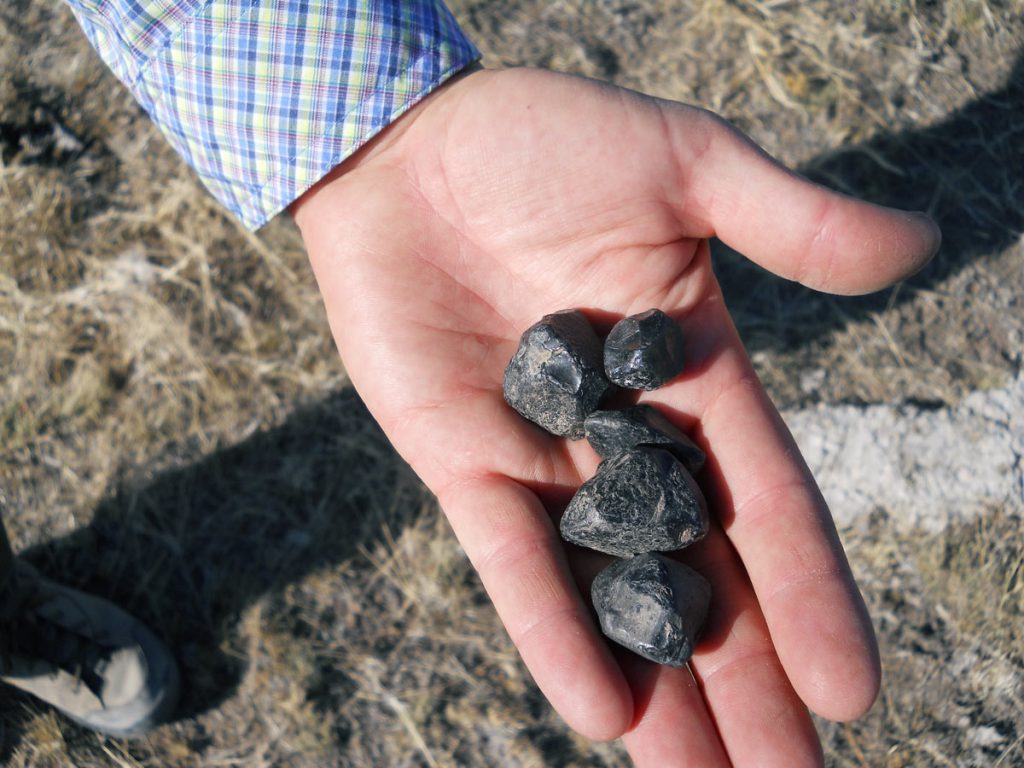As we looked at the paths of ancestral Puebloan migrants, including the Kayenta, and considered how things changed in the regions where they settled, we saw some intriguing patterns. The distribution of obsidian, a volcanic glass used to make sharp tools, increased greatly at sites across the southern Southwest after 1300. Potters of Kayenta heritage made ceramics decorated according to their traditions wherever they found themselves. That pottery developed into the distinctive polychrome ceramics we find at Salado sites, including those that were inhabited by people known to archaeologists as the Hohokam.
Together with other clues, these patterns led us to conclude that Kayenta migrants and their descendants had a special kind of social power, even though they were initially outnumbered and far from their homeland. We believe that this power came, in part, from a sense of connectedness and shared heritage that Kayenta communities maintained among themselves, even across great distances, through time. These communities formed a network through which goods and information flowed.
Obsidian was a key commodity in this network. Archaeologists find it in high densities at migrant enclaves, in lower densities at neighboring sites where local groups would have been living simultaneously, and at later Salado sites in which both groups lived together. Much of this obsidian, which can be chemically traced to its source, came from near Mule Creek, New Mexico, in the upper Gila River valley.
We became interested in finding settlements in the Mule Creek region that may have supplied Mule Creek obsidian to fourteenth-century villages across the southern Southwest. We particularly hoped to identify Kayenta enclaves. Several seasons of fieldwork at three sites—3-Up, Gamalstad, and Fornholt—are yielding information on these suppliers. Our data are also revealing new insights on interaction among Kayenta migrants, local groups, and migrants from west-central New Mexico. These interactions ultimately led to the formation of at least one large fourteenth-century Salado village in the region. Our work in the Mule Creek area has been supported by the National Science Foundation (BCS-0819657).
Because very late kinds of Salado polychrome pottery are found at sites in the Upper Gila, we hypothesize that when Salado groups left the San Pedro valley and other parts of southeastern Arizona in the late 1300s, they came to this region. This move was facilitated by the existence of long-standing trade and social relationships. These groups from southeastern Arizona didn’t stay long, however; by the mid-1400s, most people had left the Upper Gila. They may have continued north to sites such as Hawikku in the Zuni region.
Now, we wonder, who in the southern Southwest wasn’t connected to this Salado ideology? Why not? And, what happened to them?


